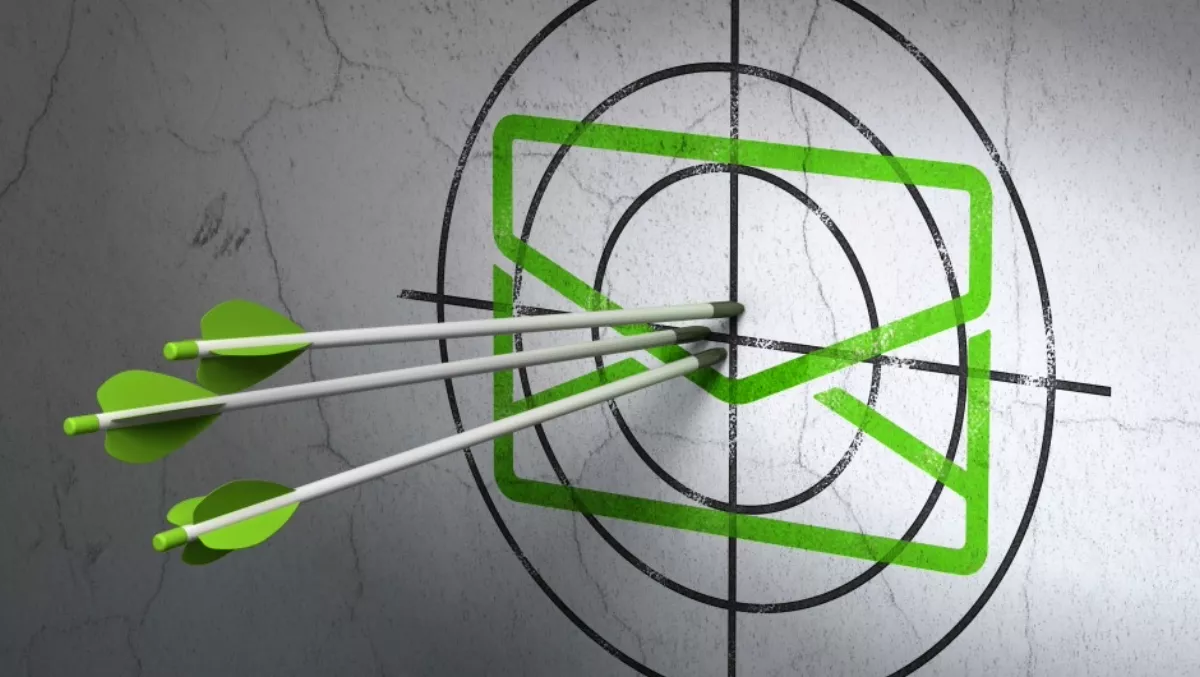
It’s not just about the weather: put your emails in context
The customers you seek to attract — as well as your current customer base you want to retain — are more technologically savvy than ever before, and they are demanding a very different kind of marketing approach to gain their attention. Today's customers have little tolerance for generic, mass-marketing emails.
Digitally empowered customers crave context and are shying away from the mass-marketing approach to email offers that has dominated the email-marketing landscape. It's time to tap into your creative side and marry it with science and technology. Creating the contextually relevant email-marketing pieces requires devising a new strategy for your email marketing. Here are some foundational principles to consider as you challenge traditional tactics, and redefine success metrics.
1. Put Context Into Context
Creating a relevant context-based email is much more than knowing the customers' names and the weather conditions at their locations. To do it right, you need to know the full picture of your customer's interactions with your brand on every channel, create segments based on that data, and send an email that takes advantage of opportunistic moments and an awareness of the other devices in a user's life. It requires a flexible, adaptive approach to content creation and campaign design — not to mention a strong commitment to data-driven customer analysis and strategy.
2. Understand Your Customer's Journey
Create a map of all possible touchpoints — from lead generation through post-purchase customer service. Show how every department impacts the customer experience. Get everyone in your organisation to start thinking about how their efforts affect the customer experience. Your entire organisation should be thinking about relevance: satisfying the conscious and subconscious needs of your target audience and delivering the right message at the right time in the right channel to the right customer.
3. Reorient Your Email Strategy
Your email content should be optimised based on as many signals from your customers as you can process and react to, not what product needs to be pushed tomorrow. Traditional content-marketing tactics focus on what is being offered, but that's only part of what influences consumer behaviour. Considerations include the basics such as the customer's purchase history, gender, and age, as well as other touch points that they've had with your brand (or competitor's brands), research that they've conducted in other channels, stated communication preferences, and email specific information such as location at the time of open, device used to open, the time of open, the weather at place of open, and the time of open. It turns out that these factors should be considered and mapped in a planning process so that you can take advantage of certain situations more nimbly.
4. Plan for Spontaneity
Marketers who understand their buyer's behaviours and have a tool that allows them to pre-package campaigns designed to meet those expectations, are able to be more nimble because of solid planning. Let's consider weather since its impact is universal. On Monday you could select some target geographic markets and surprise and delight your customers with some pre-packaged messages. For example, it's been rainy all week here in Boston. As a marketer I could have a 'rain day' message with a target audience all ready to go so that by the third day that it's rained I could send out a message like:
- "It's raining cats and dogs, Boston… shop our exclusive summer weather/ rain coat/ spring sale"
- "It's raining cats and dogs, Boston… book your getaway to sunny weather now"
- "It's raining cats and dogs Boston… catch up on that white paper you missed" (Okay this is a stretch…)
- "It's raining cats - dogs Boston… come to the MFAB to escape cabin fever"
5. Measure Your Success Differently
Context-based email-marketing practices require different metrics for measuring success. List growth and email volume have little relevance in measuring the success of personalised campaigns. For contextual emails, a lower volume of more personalised interactions actually results in higher engagement.
6. Become A Data Collector
You need data to develop the right contextual-marketing program, and you already have much of it — personal information, purchase history, cross-channel behaviour, loyalty status, channel preferences, and browsing behaviour as well as offline activities like point-of-sale transactions, third-party data appends, etc. — within your organisation. You can purchase weather feeds, aggregate trend data, television use, and many other data elements through third parties. With the right tools, you can ascertain when an email is opened, the type of device used to open it, the time of day it was opened, the user's location when it was opened, and more. An integrated platform is best for this, but you can get started without one.
7. Keep It Simple
Don't be overwhelmed. The good news is that the data used for contextual marketing generally lends itself to a small number of copy and creative derivatives — hot or cold weather, morning/noon/night, city/block/geocode, smartphone/tablet/laptop, etc. That simplicity makes it easy for marketers to test without significant investments in copy and creative. Start with one or two contextual elements, and do tons of A/B testing.
Developing a context-based email-marketing program is within your reach today, but to reap the benefits, marketing leaders may need to challenge traditional tactics and perceptions about how email campaigns should be conducted and measured.
To help you get started with being more strategic in your email-marketing program, Adobe has developed the Email Marketing Self-Assessment. This tool will enable you to identify your organization's strengths and prioritise focal points across four key areas of email marketing. Article by Kristin Naragon, Adobe Campaign's Director of Email Solutions

